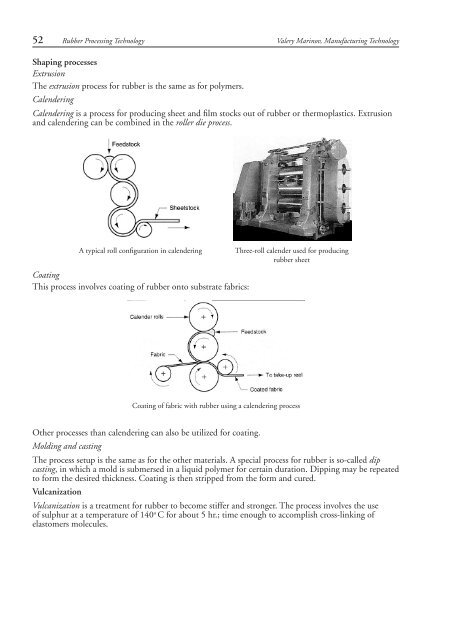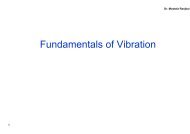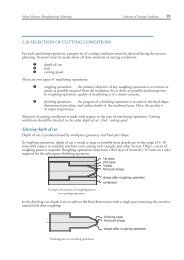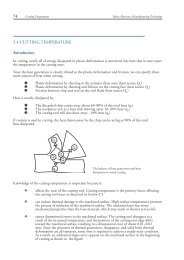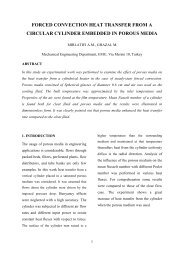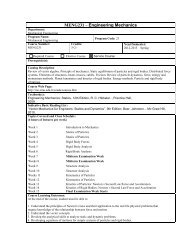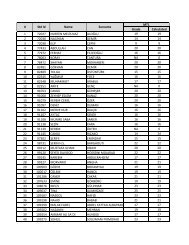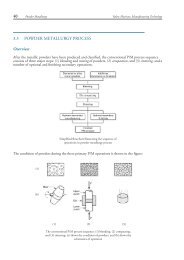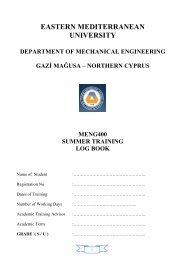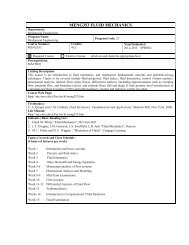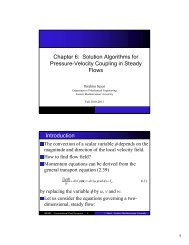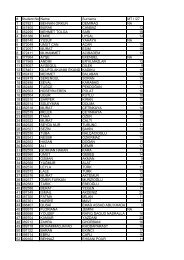4.2 Rubber Processing Technology 4.3 Processing of Ceramics
4.2 Rubber Processing Technology 4.3 Processing of Ceramics
4.2 Rubber Processing Technology 4.3 Processing of Ceramics
You also want an ePaper? Increase the reach of your titles
YUMPU automatically turns print PDFs into web optimized ePapers that Google loves.
52 <strong>Rubber</strong> <strong>Processing</strong> <strong>Technology</strong><br />
Valery Marinov, Manufacturing <strong>Technology</strong><br />
Shaping processes<br />
Extrusion<br />
The extrusion process for rubber is the same as for polymers.<br />
Calendering<br />
Calendering is a process for producing sheet and film stocks out <strong>of</strong> rubber or thermoplastics. Extrusion<br />
and calendering can be combined in the roller die process.<br />
A typical roll configuration in calendering<br />
Three-roll calender used for producing<br />
rubber sheet<br />
Coating<br />
This process involves coating <strong>of</strong> rubber onto substrate fabrics:<br />
Coating <strong>of</strong> fabric with rubber using a calendering process<br />
Other processes than calendering can also be utilized for coating.<br />
Molding and casting<br />
The process setup is the same as for the other materials. A special process for rubber is so-called dip<br />
casting, in which a mold is submersed in a liquid polymer for certain duration. Dipping may be repeated<br />
to form the desired thickness. Coating is then stripped from the form and cured.<br />
Vulcanization<br />
Vulcanization is a treatment for rubber to become stiffer and stronger. The process involves the use<br />
<strong>of</strong> sulphur at a temperature <strong>of</strong> 140 o C for about 5 hr.; time enough to accomplish cross-linking <strong>of</strong><br />
elastomers molecules.


